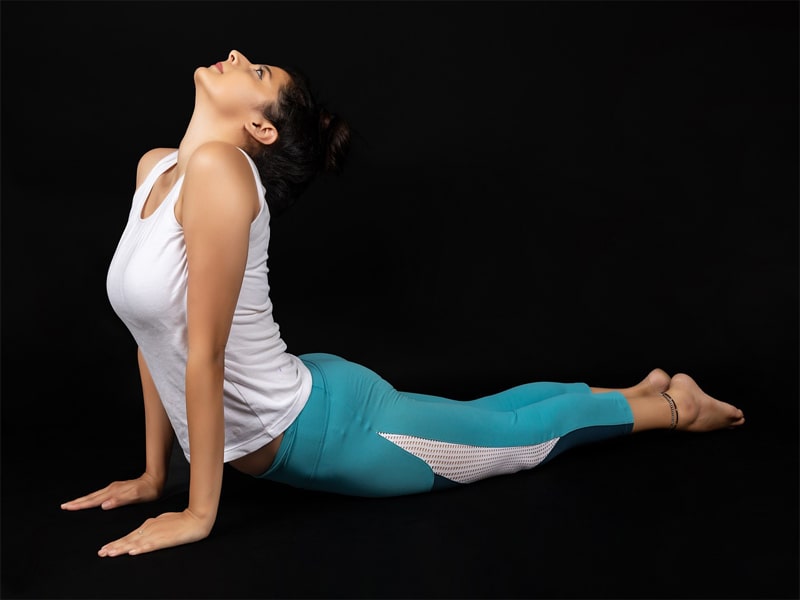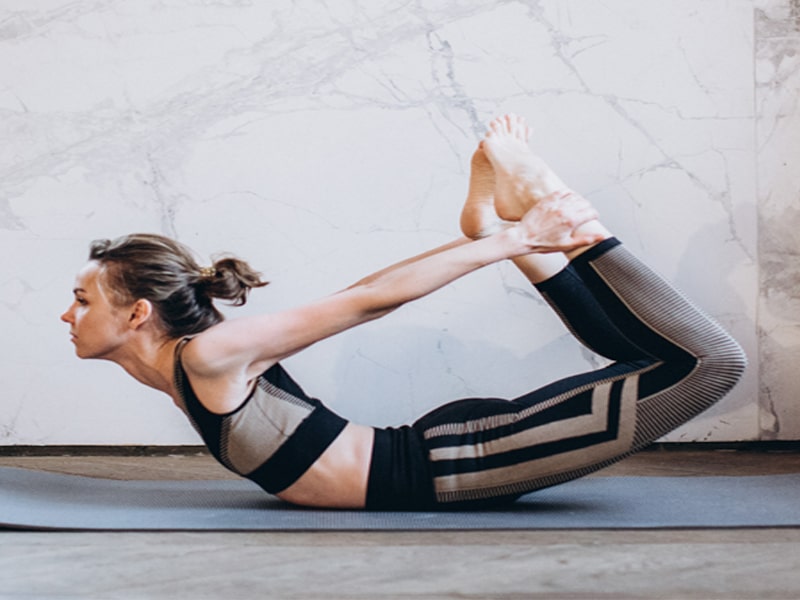Yoga has been around for centuries and has become increasingly popular in recent times. With its focus on physical, mental and spiritual well-being, it’s no wonder that people around the world are incorporating yoga into their daily routines. One of the most popular yoga poses is the Paschimothan Asana, also known as the Seated Forward Bend. In this blog post, we’ll dive into the details of the Paschimothan Asana, including its definition, benefits, and how to perform it correctly.
I. Introduction
A. Definition of Paschimothan Asana
Paschimothan Asana is a Sanskrit word that translates to “Seated Forward Bend” in English. This pose is a forward-bending asana that targets the muscles in the back of the body, including the spine, hips, and hamstrings.
B. Benefits of Paschimothan Asana
Paschimothan Asana is a powerful pose that offers numerous benefits to those who practice it regularly. It is known for stretching the spine, hips, and hamstrings, improving digestion, relieving stress and tension, and promoting flexibility and balance.
C. Who can perform Paschimothan Asana
This pose is suitable for all levels of yoga practitioners, from beginners to advanced practitioners. However, it’s important to note that people with back injury or knee problems should avoid this asana, as well as pregnant women who should perform this pose with caution.
II. Steps to perform Paschimothan Asana
A. Preparatory poses
Before performing the Paschimothan Asana, it is recommended to warm up with some preparatory poses, such as the Cat-Cow stretch, Downward-Facing Dog, and the Child’s Pose. These poses will help to loosen up the muscles in your back and hips, making it easier to perform the Paschimothan Asana.
B. How to get into the pose
To perform the Paschimothan Asana, start by sitting on the floor with your legs straight out in front of you. Your feet should be together and your hands should be placed on the floor beside your hips. As you inhale, reach your arms straight up towards the ceiling. On your exhale, bend forward from your hips, keeping your back straight as you reach towards your toes.
C. Common mistakes to avoid
One of the most common mistakes people make when performing the Paschimothan Asana is rounding their back. To avoid this, it’s important to keep your back straight as you bend forward. Another mistake is to use momentum to reach towards your toes. Instead, use your muscles to control the movement.
D. Variations of the pose
There are several variations of the Paschimothan Asana, including the supported version, where a block or blanket is placed under your head for support. Another variation is to perform the pose with your legs bent and your feet flat on the floor.
III. Health benefits of Paschimothan Asana
A. Stretches the spine, hips and hamstrings
The Paschimothan Asana is an excellent pose for stretching the muscles in the back of your body, including your spine, hips, and hamstrings. This stretch can help to alleviate lower back pain, improve posture, and increase flexibility.
B. Improves digestion
The Paschimothan Asana can help to improve digestion by massaging the internal organs and increasing blood flow to the digestive system. This, in turn, can help to relieve symptoms of constipation, bloating, and indigestion.
C. Relieves stress and tension
The Paschimothan Asana can help to relieve stress and tension by calming the mind and reducing anxiety. This pose is also known for releasing the tension in the neck and shoulders, which can help to alleviate headaches and neck pain.
D. Promotes flexibility and balance
The Paschimothan Asana is an excellent pose for improving flexibility and balance. By stretching the muscles in the back of the body, this pose can help to improve posture and stability. Additionally, this pose can help to strengthen the muscles in the legs, hips, and lower back, which can help to improve overall balance.
Also Read :- 9 Best Yoga Books in Hindi Language
IV. Precautions and Contraindications
A. People with back injury should avoid this asana
If you have a back injury, it’s important to avoid this asana or consult with your doctor before performing it. This pose can put additional strain on the lower back, which can exacerbate existing injuries.
B. Pregnant women should perform this asana with caution
Pregnant women should perform this asana with caution, as it can put additional strain on the lower back. Additionally, it’s important for pregnant women to avoid overstretching, which can cause harm to both the mother and the baby.
C. Individuals with knee problems should avoid this pose
Individuals with knee problems should avoid this pose, as it can put additional strain on the knees. This pose requires you to keep your legs straight, which can be difficult for individuals with knee problems.
Also Read :- 21 Best Yoga Books in English Language
V. Conclusion
In conclusion, the Paschimothan Asana is an excellent pose for stretching the muscles in the back of the body, improving digestion, relieving stress and tension, and promoting flexibility and balance. This pose is suitable for all levels of yoga practitioners and can be performed at home or in a yoga studio.
It’s recommended to incorporate the Paschimothan Asana into your daily routine for optimal benefits. This pose is best performed after a warm-up and can be held for several breaths before releasing. Remember to listen to your body and avoid overstretching, and if you have any concerns, consult with your doctor before performing this pose.
Incorporating the Paschimothan Asana into your daily routine can have a positive impact on your overall health and well-being. With its numerous benefits, this pose is an excellent addition to any yoga practice. So, why not give it a try and experience the benefits for yourself!



